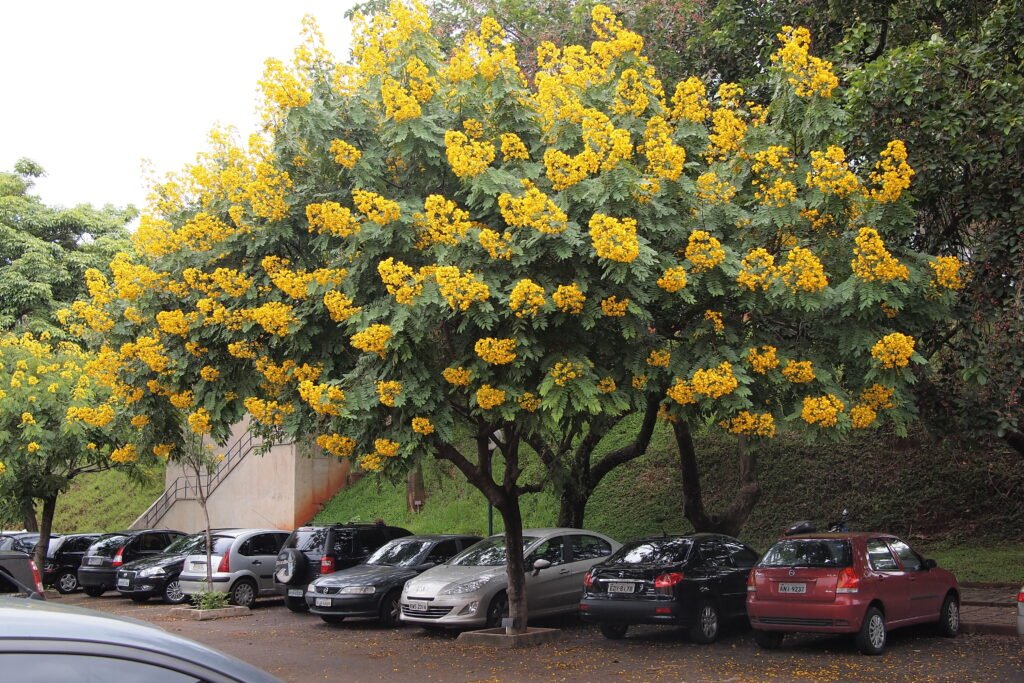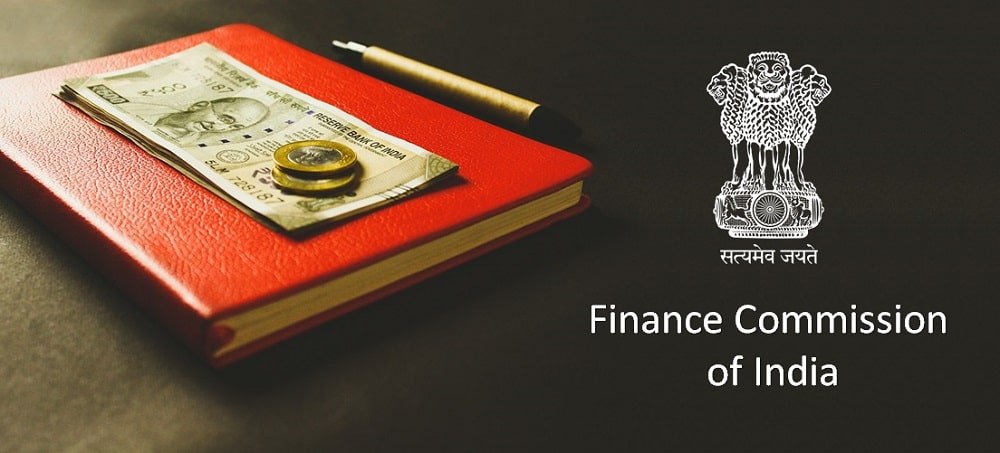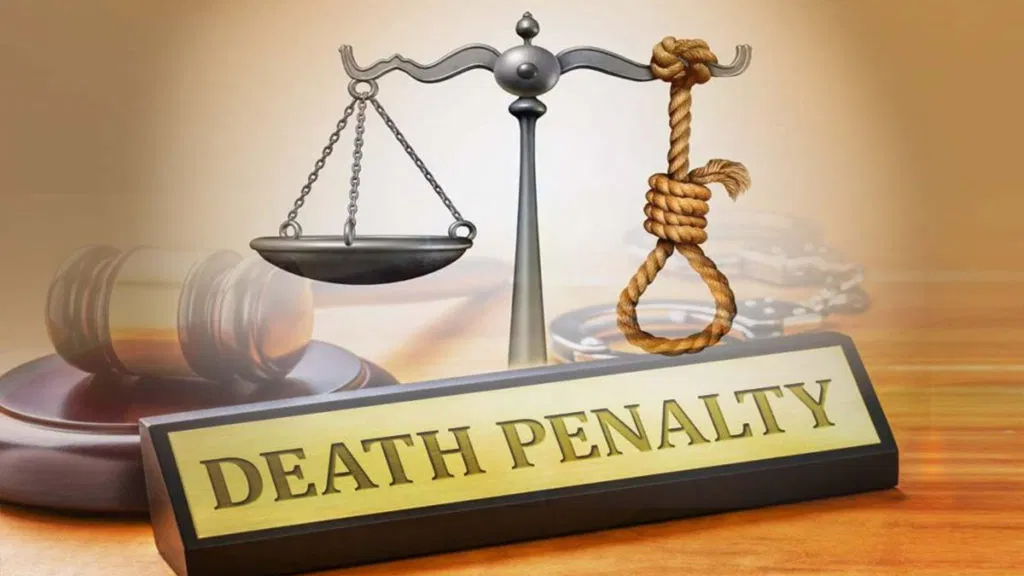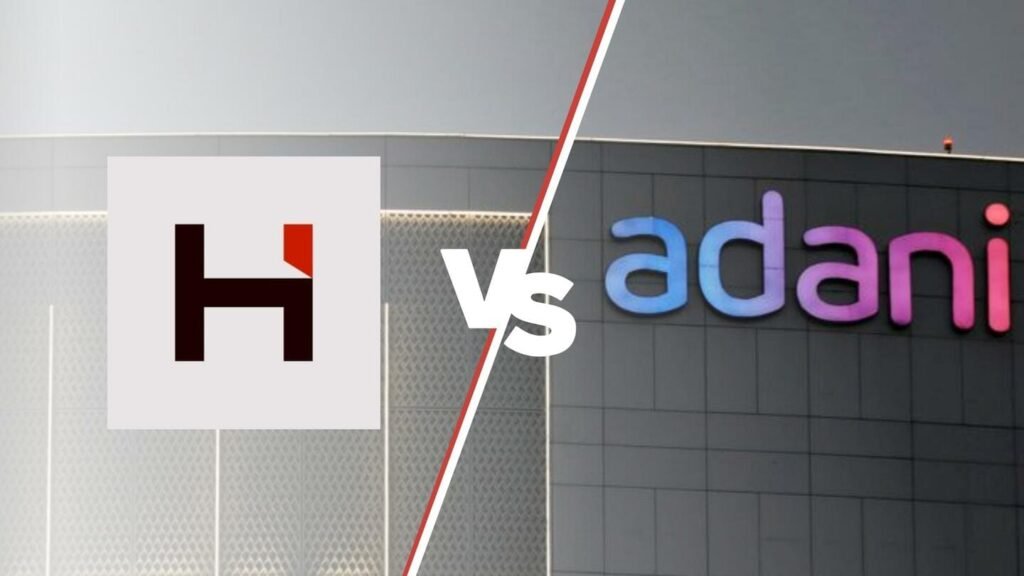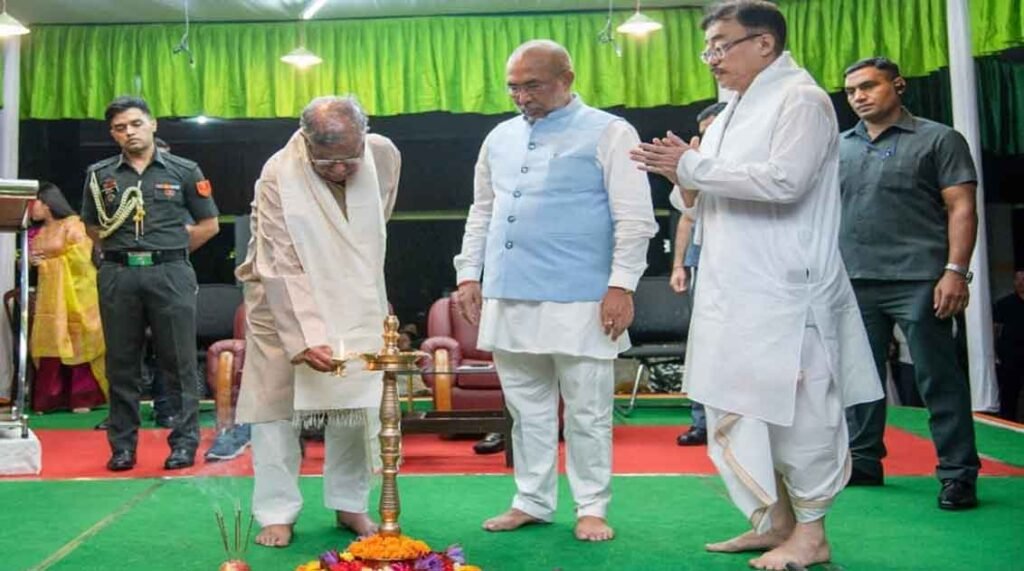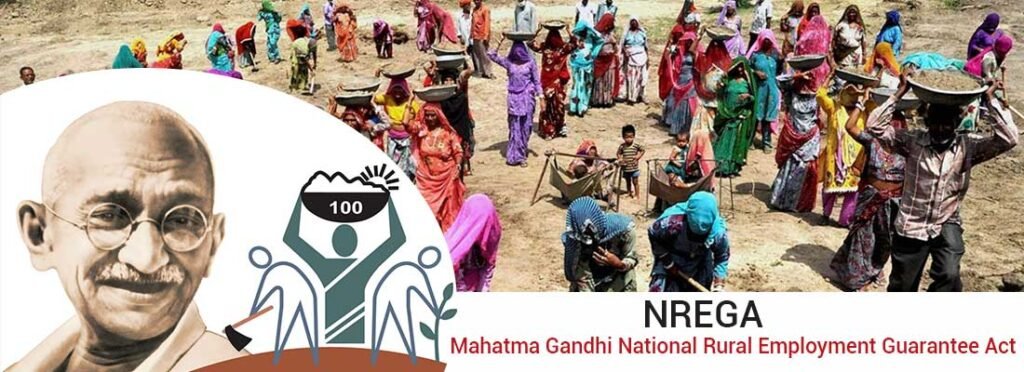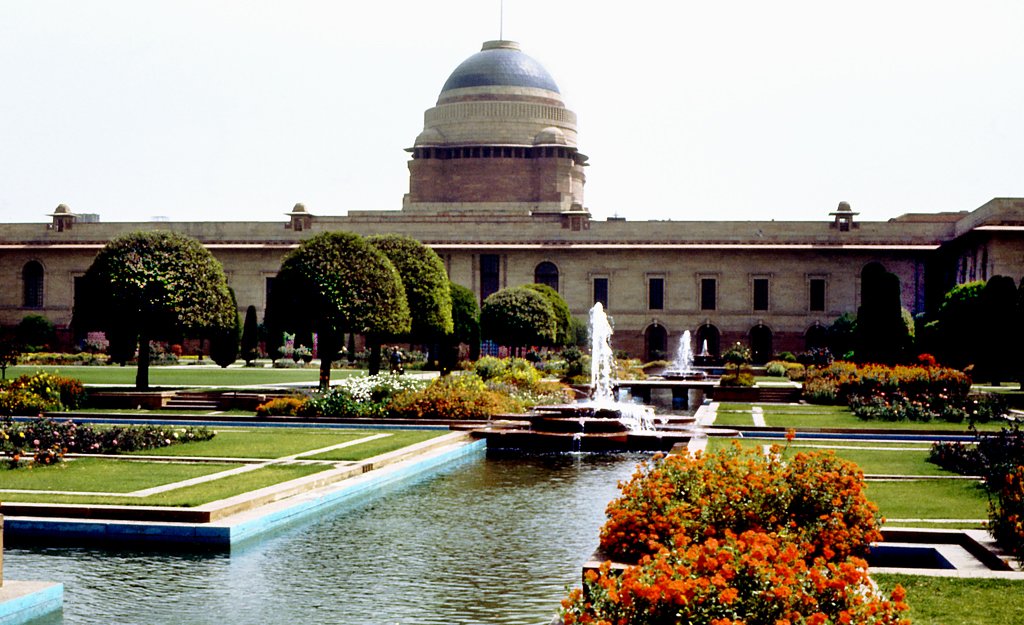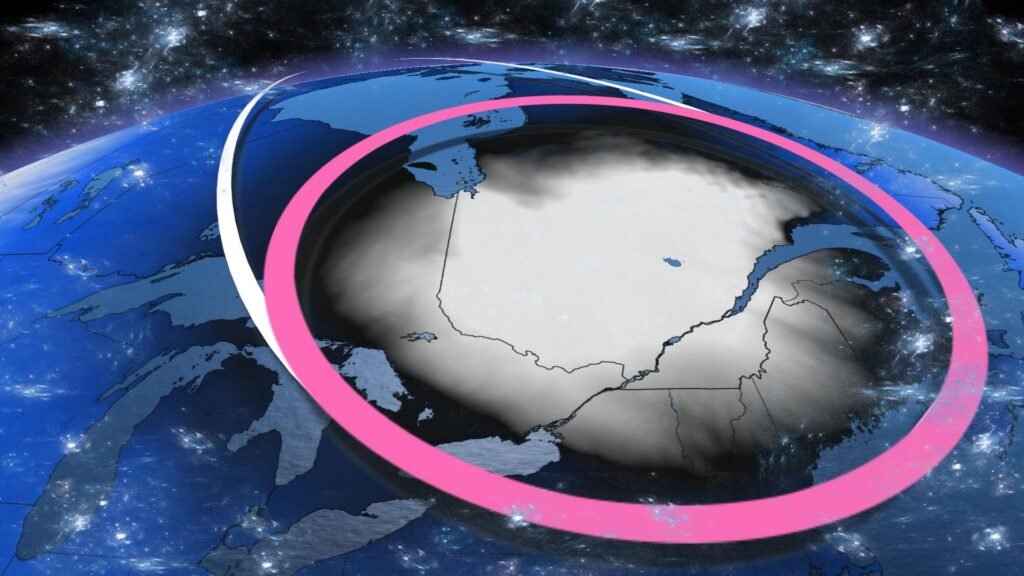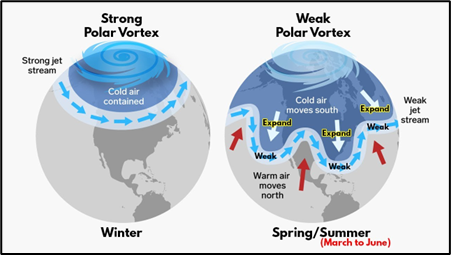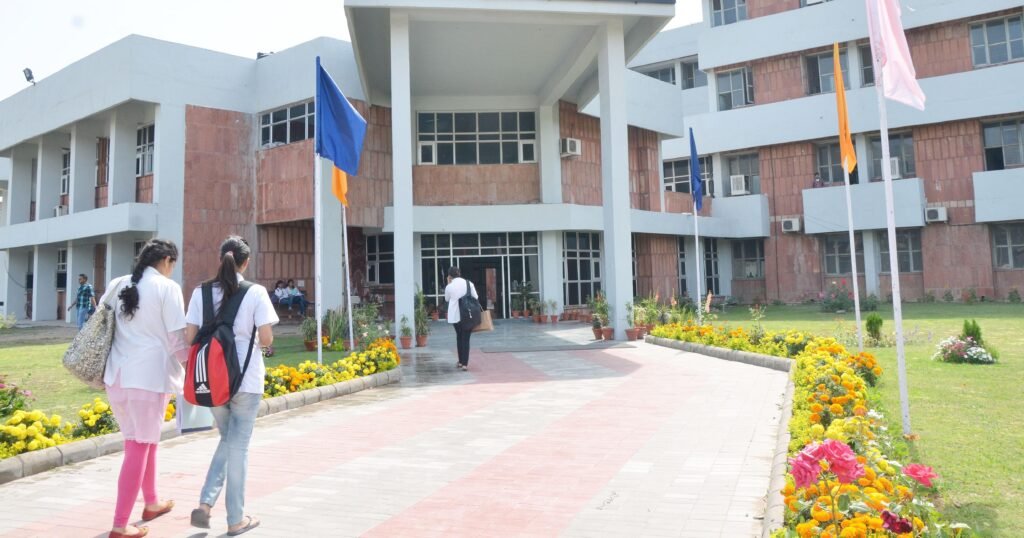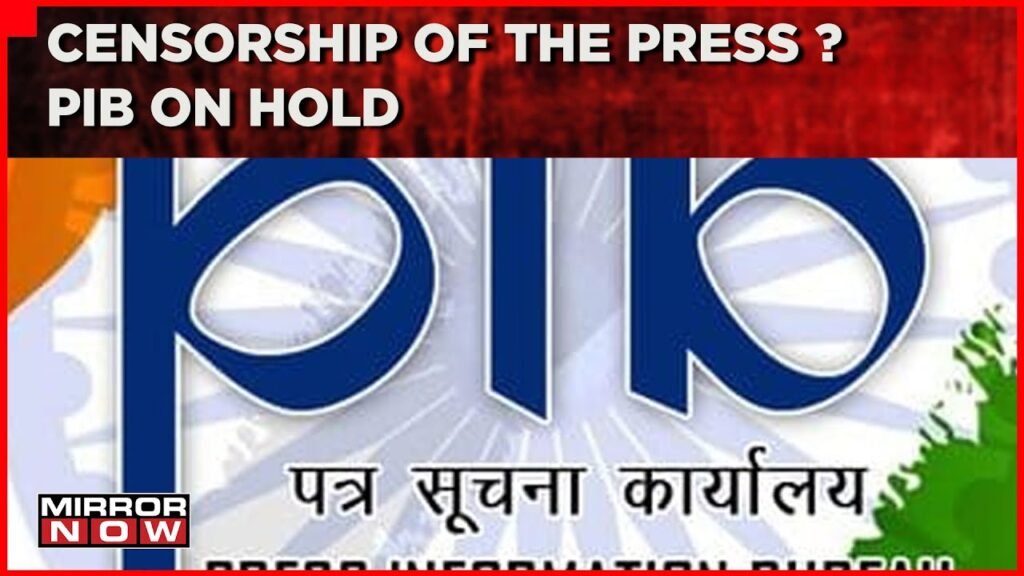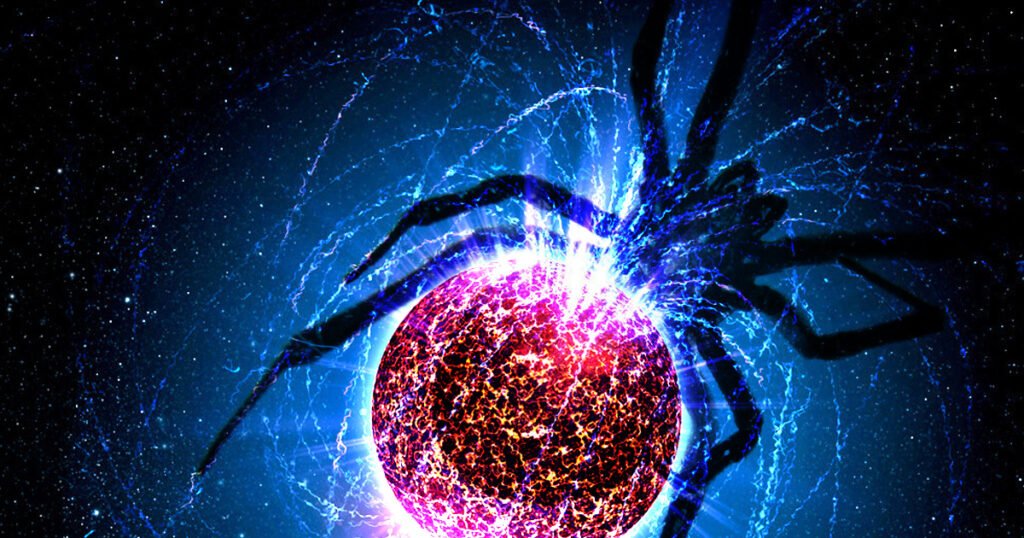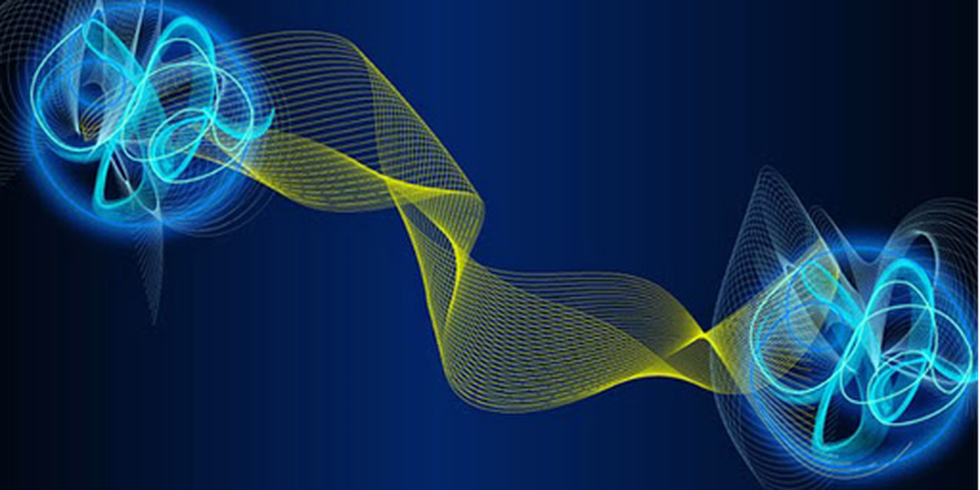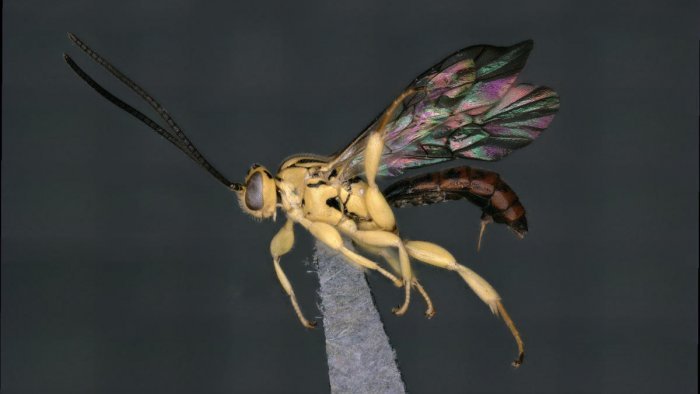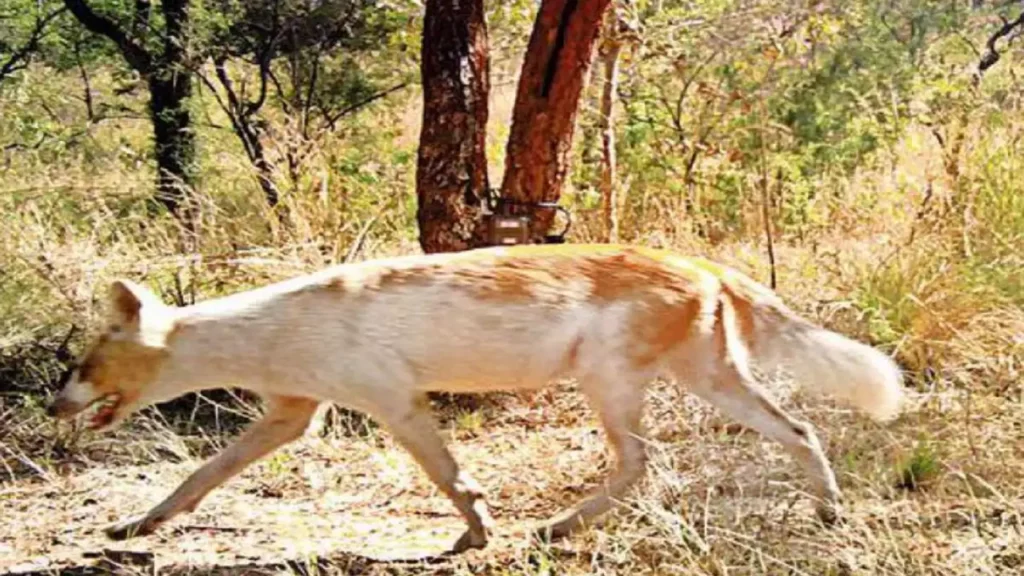D4 Drone system
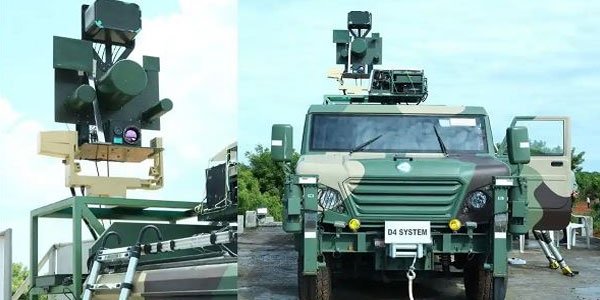
The D4 anti-drone system which was used for security during the Republic Day parade is one of the products to be showcased at Aero India 2023.
Key facts about D4 Drone system:
What is it ?
- The Drone Detect, Deter and Destroy system (D4S) is the first indigenously developed anti-drone system to be inducted into the Indian Armed Forces.
- It is developed by Defence Research and Development Organisation (DRDO) and manufactured by Bharat Electronics Limited (BEL).
- Purpose: To detect rogue drones that are likely to attack most vulnerable places.
- Features:
- D4 system can instantly detect and jam micro drones (Soft kill) and use a laser-based kill mechanism to terminate targets (Hard kill).
- It uses DRDO’s RF/Global Navigation Satellite System (GNSS) to detect the frequency which is being used by the controller and the signals are then jammed.
- It can detect and jam micro-drones at a distance of up to 3 km.
- It can lase a target 1-1.25 km far depending on the wattage of the laser weapon.
About Aero India:
- It is a biennial air show and aviation exhibition held in Bengaluru, India at the Yelahanka Air Force Station.
- It is organised by the Defence Exhibition Organisation, Ministry of Defence.

